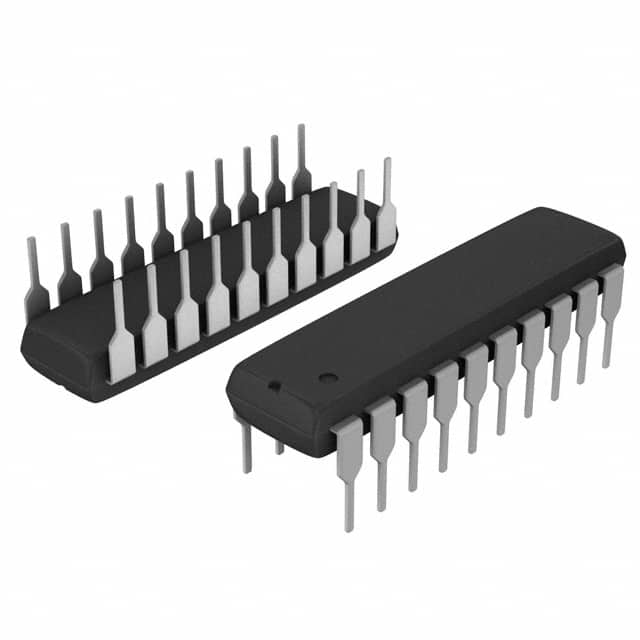Nuvoton Technology Corporation of America N78E366ALG
- N78E366ALG
- Nuvoton Technology Corporation of America
- IC MCU 8BIT 64KB FLASH 48LQFP
- Embedded - Microcontrollers
- N78E366ALG Datasheet
- 48-LQFP
- Tray
-
 Lead free / RoHS Compliant
Lead free / RoHS Compliant - 3276
- Spot Inventory / Athorized Dstributor / Factory Excess Stock
- 1 year quality assurance 》
- Click to get rates
| Part Number N78E366ALG |
| Category Embedded - Microcontrollers |
| Manufacturer Nuvoton Technology Corporation of America |
| Description IC MCU 8BIT 64KB FLASH 48LQFP |
| Package Tray |
| Series N78 |
| Operating Temperature -40°C ~ 85°C (TA) |
| Mounting Type Surface Mount |
| Package / Case 48-LQFP |
| Supplier Device Package - |
| Voltage - Supply (Vcc/Vdd) 2.4V ~ 5.5V |
| Speed 40MHz |
| Number of I/O 40 |
| EEPROM Size - |
| Core Processor 8051 |
| RAM Size 1.25K x 8 |
| Core Size 8-Bit |
| Connectivity EBI/EMI, SPI, UART/USART |
| Peripherals Brown-out Detect/Reset, LVD, POR, PWM, WDT |
| Program Memory Size 64KB (64K x 8) |
| Program Memory Type FLASH |
| Data Converters - |
| Oscillator Type Internal |
| Package_case 48-LQFP |
N78E366ALG Guarantees



• Prompt Responsiveness
• Guaranteed Quality
• Global Access
• Competitive Market Price
• One-Stop support services of supply chain
Jinftry, Your most trustworthy component supplier, welcome to send us the inquiry, thank you!
Do you have any questions about N78E366ALG ?
Feel free to contact us:
+86-755-82518276
+8615019224070, annies65, +8615118125813
568248857, 827259012, 316249462
+8615019224070, +8615118118839, +8615118125813
( Email first will be appreciative )
Customer reviews
Nuvoton Technology Corporation of America

N79E352AFG
IC MCU 8BIT 8KB FLASH 44QFP

N78E366AFG
IC MCU 8BIT 8KB FLASH 44QFP

NUC122ZC1AN
IC MCU 8BIT 8KB FLASH 44QFP

NUC131LC2AE
IC MCU 8BIT 8KB FLASH 44QFP

M0518LD2AE
IC MCU 8BIT 8KB FLASH 44QFP

NUC122LC1AN
IC MCU 8BIT 8KB FLASH 44QFP

W78E365A40PL
IC MCU 8BIT 8KB FLASH 44QFP

NUC123ZC2AN1
IC MCU 8BIT 8KB FLASH 44QFP




















